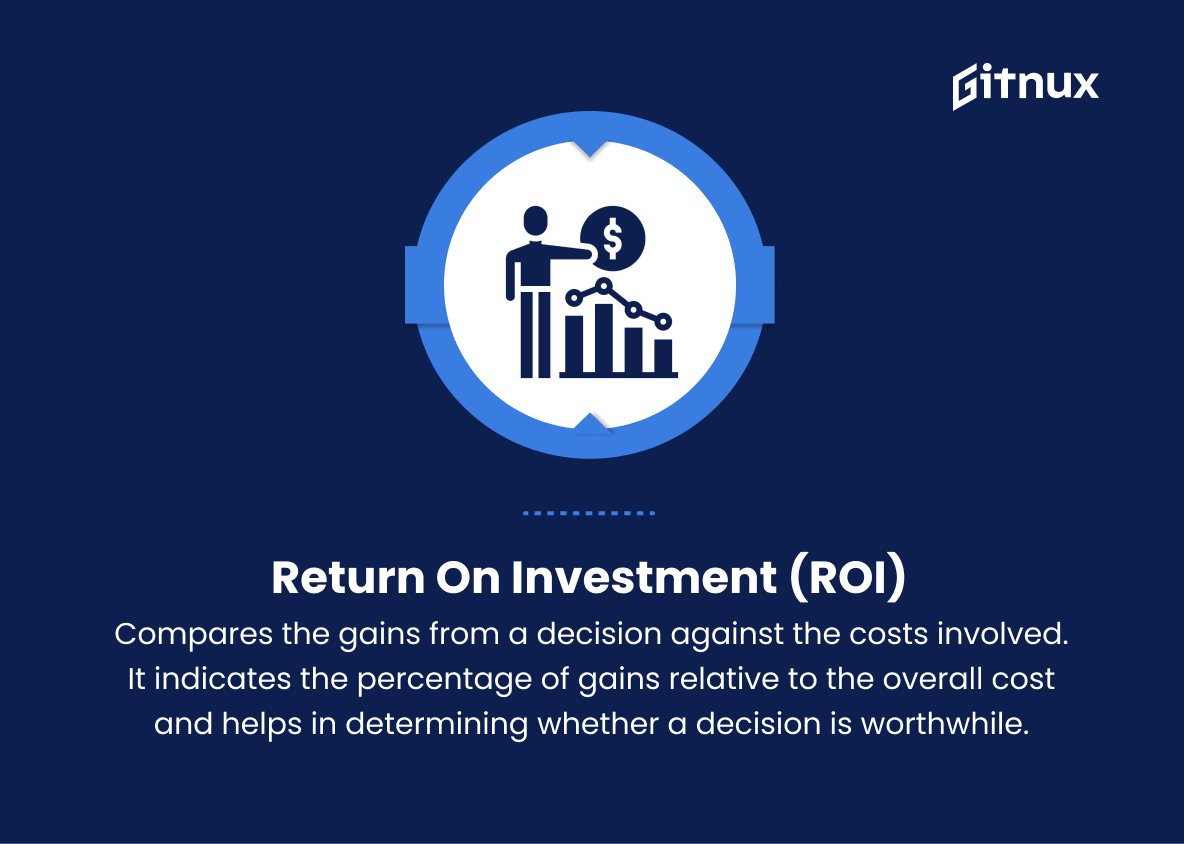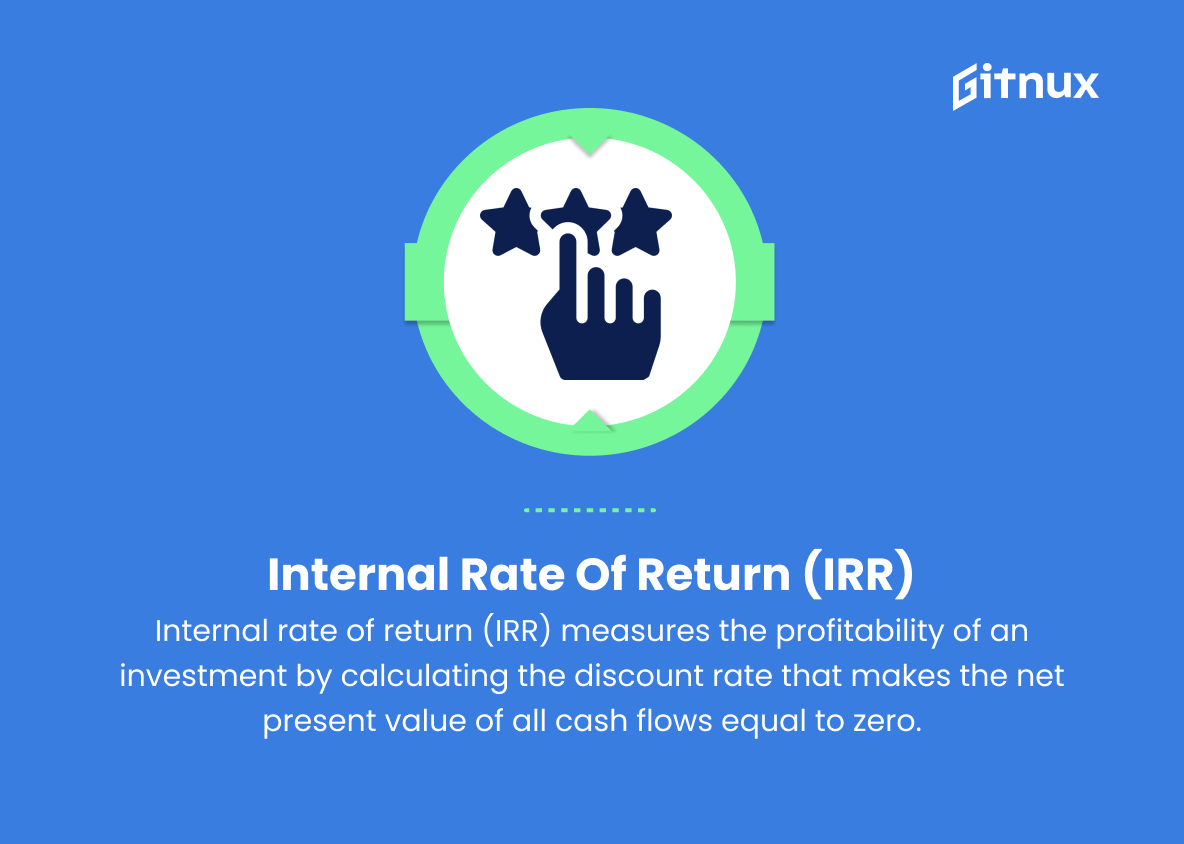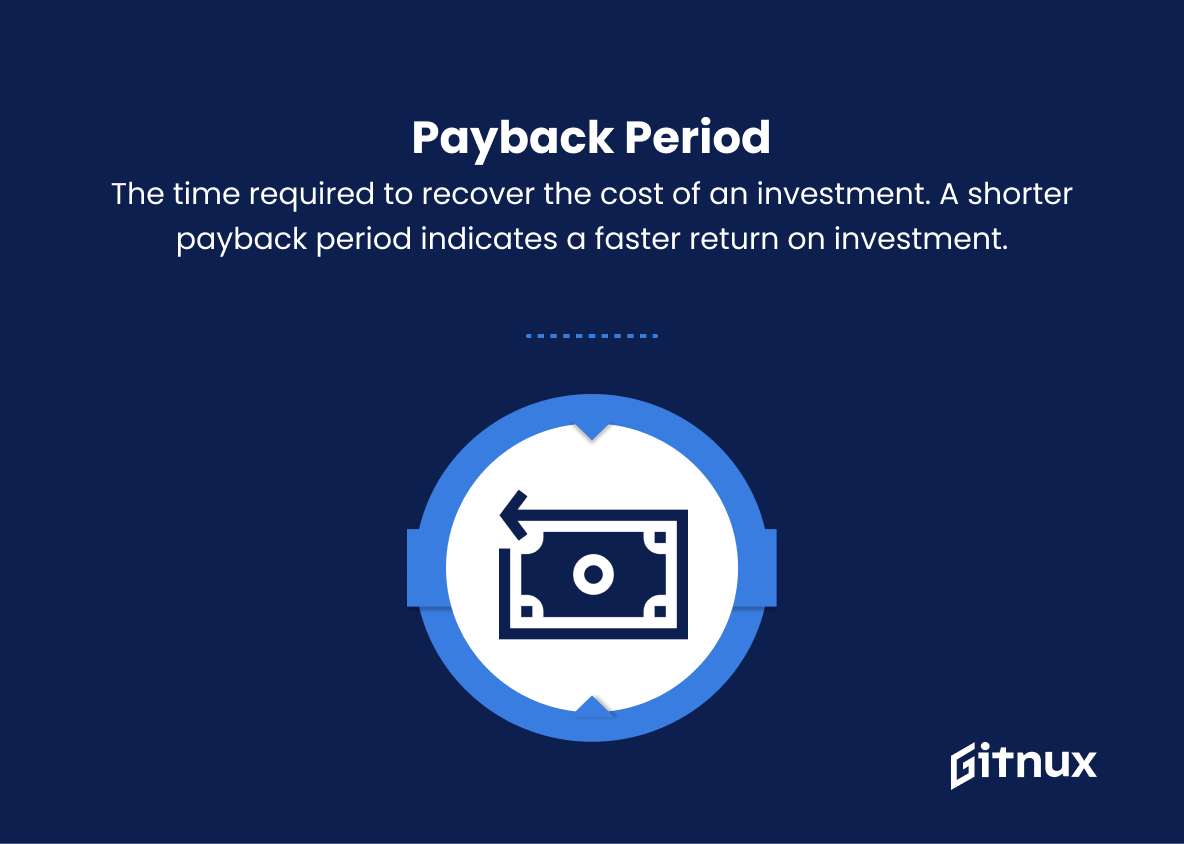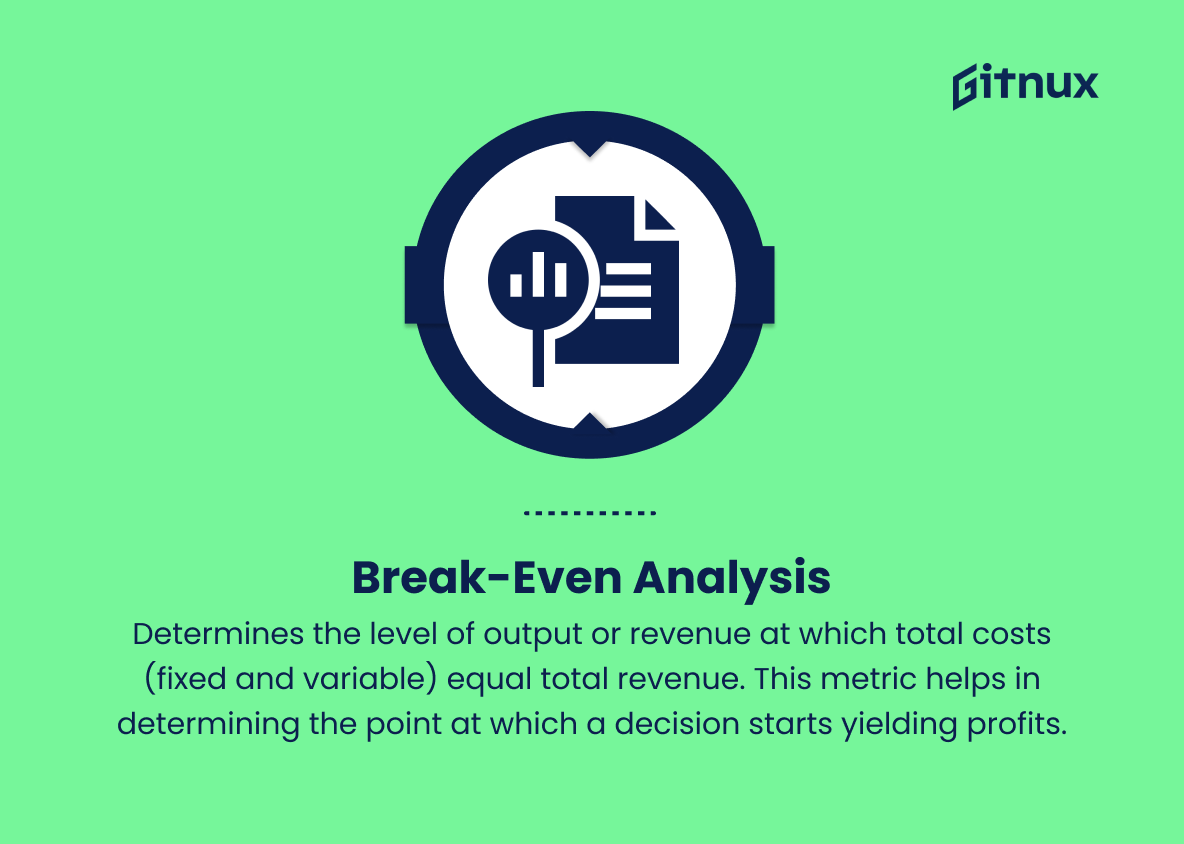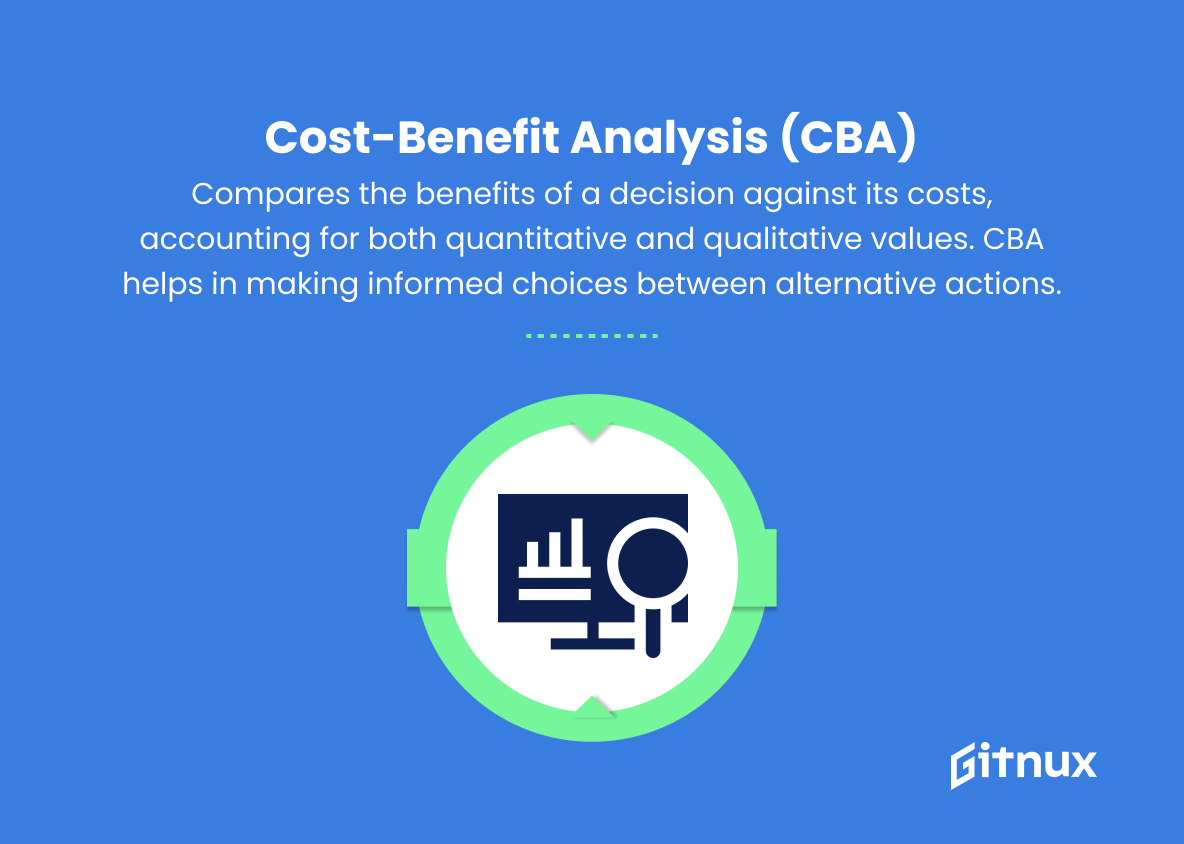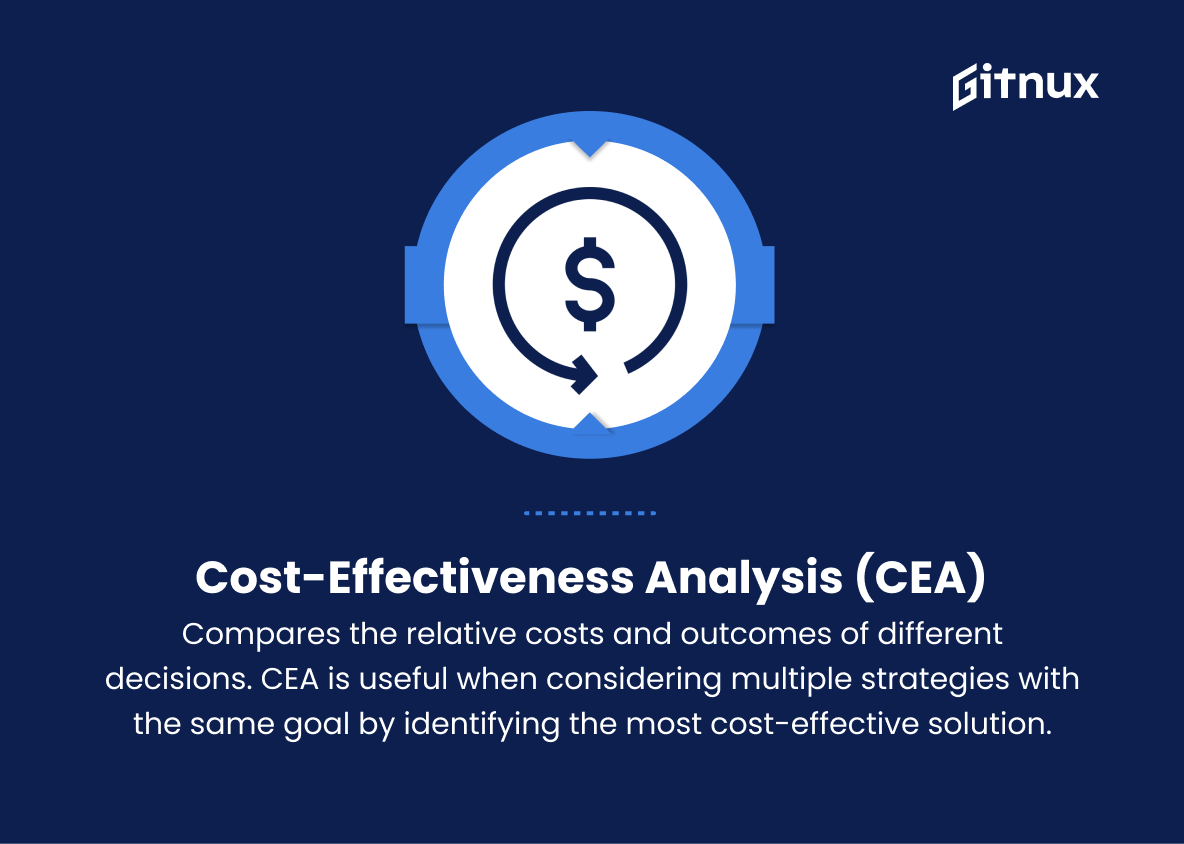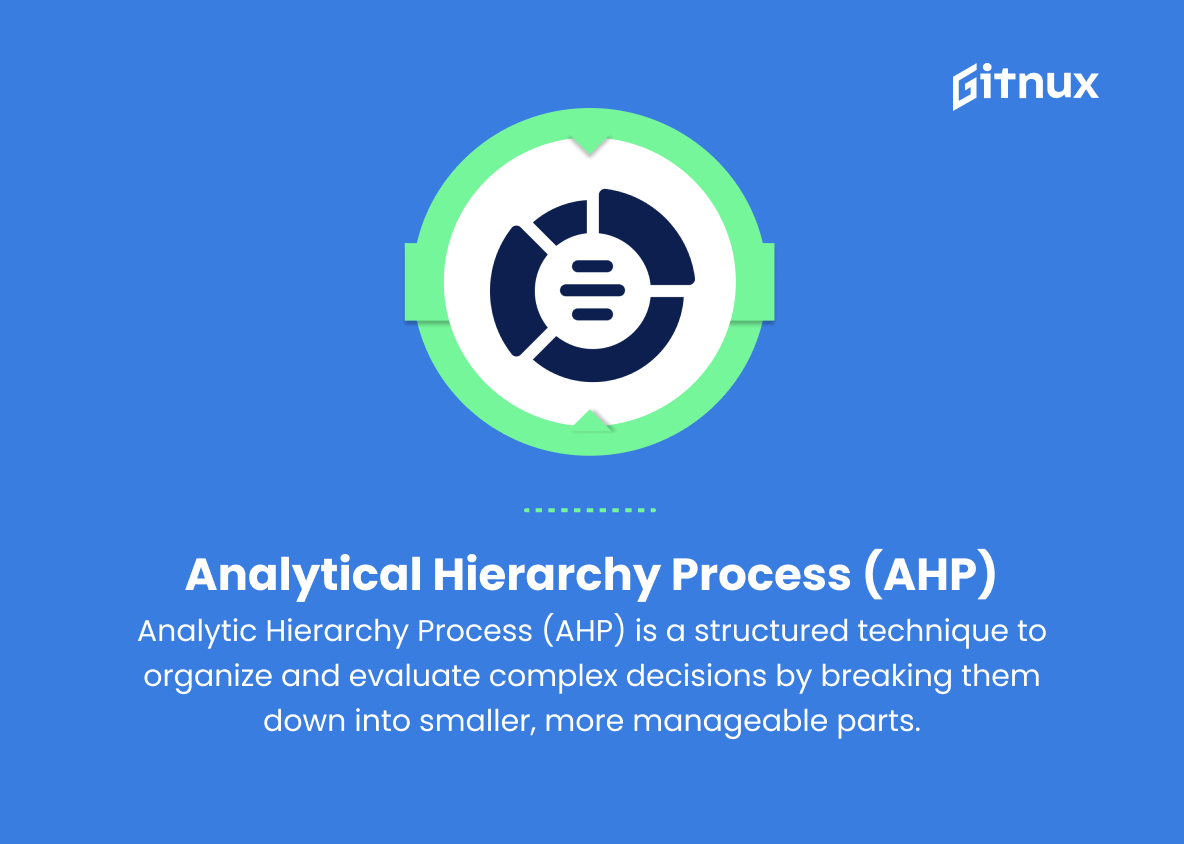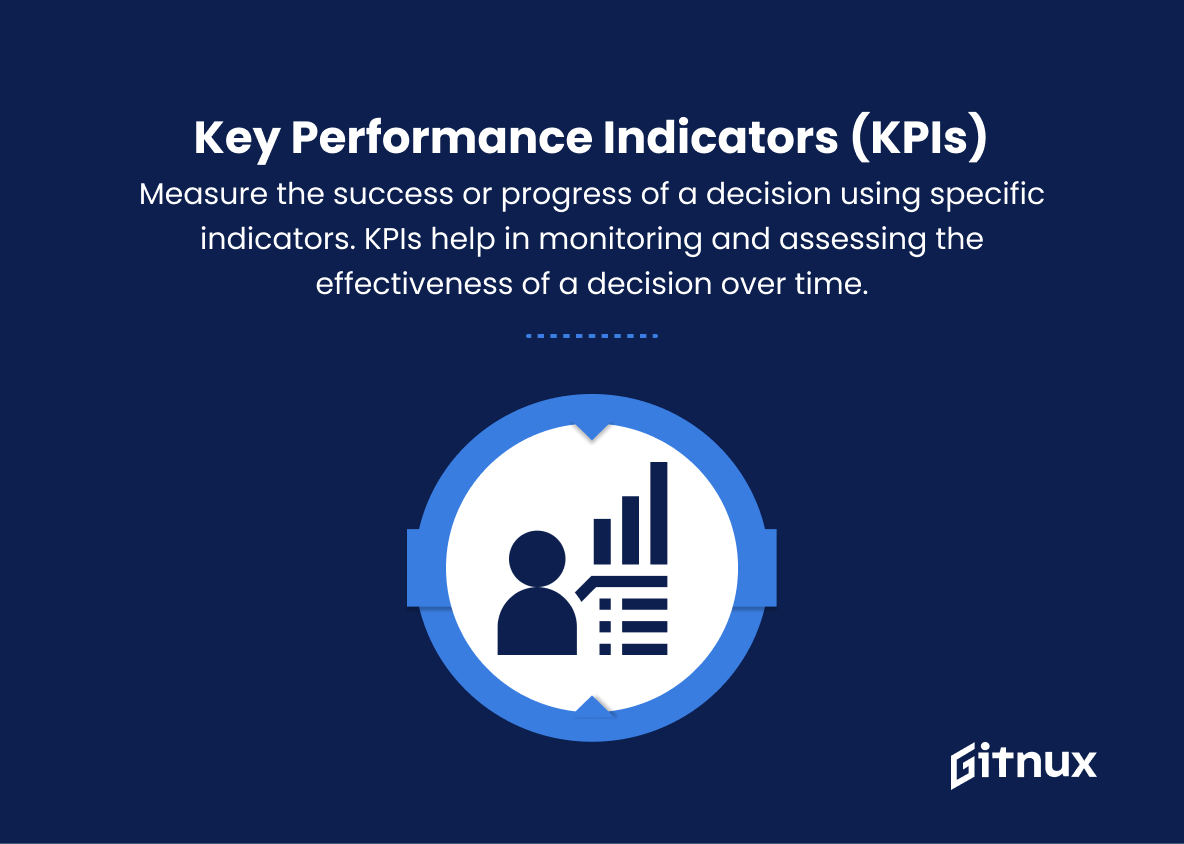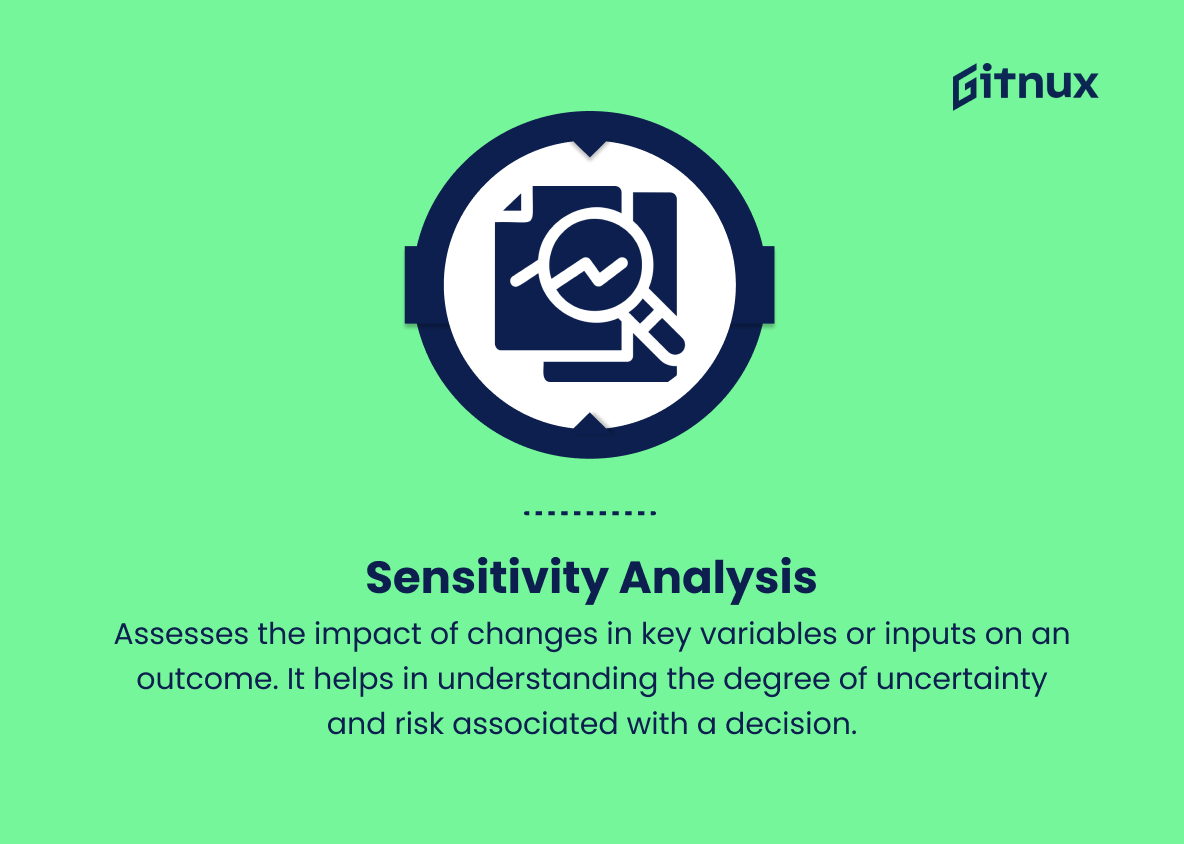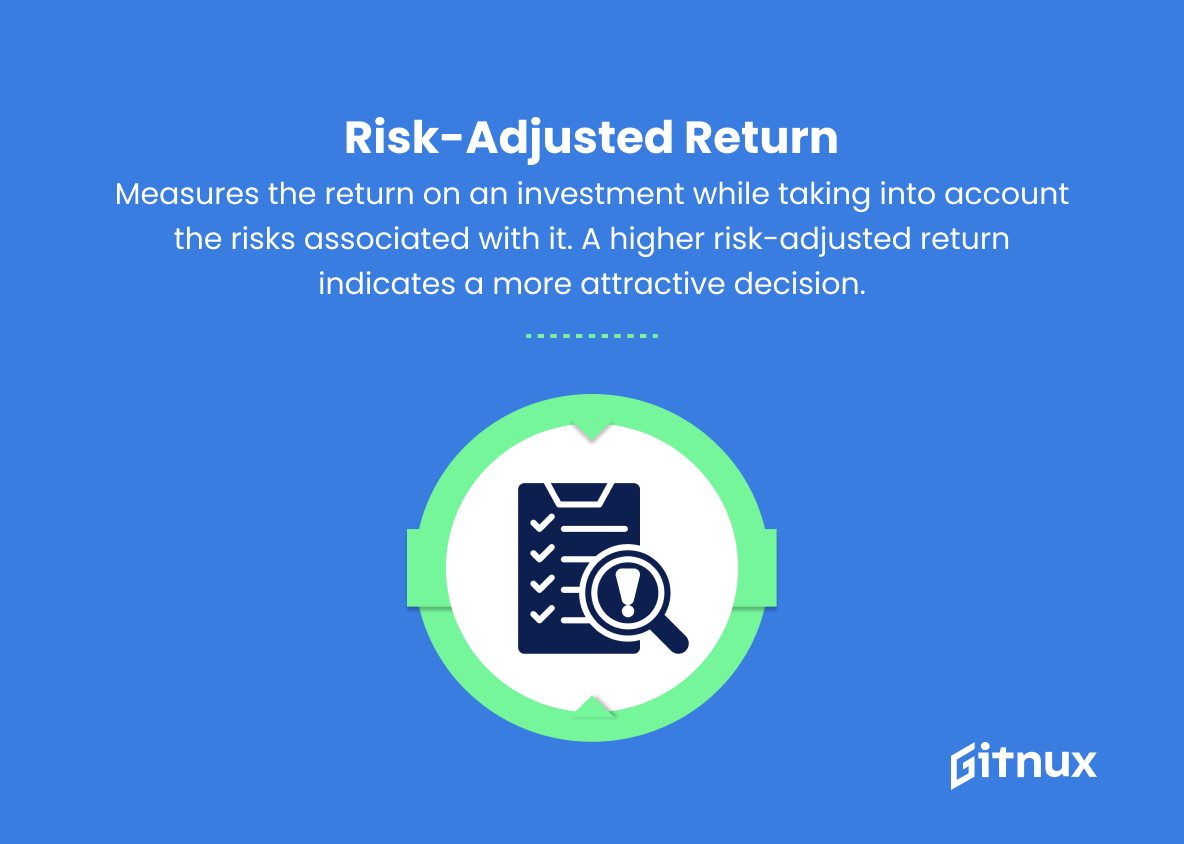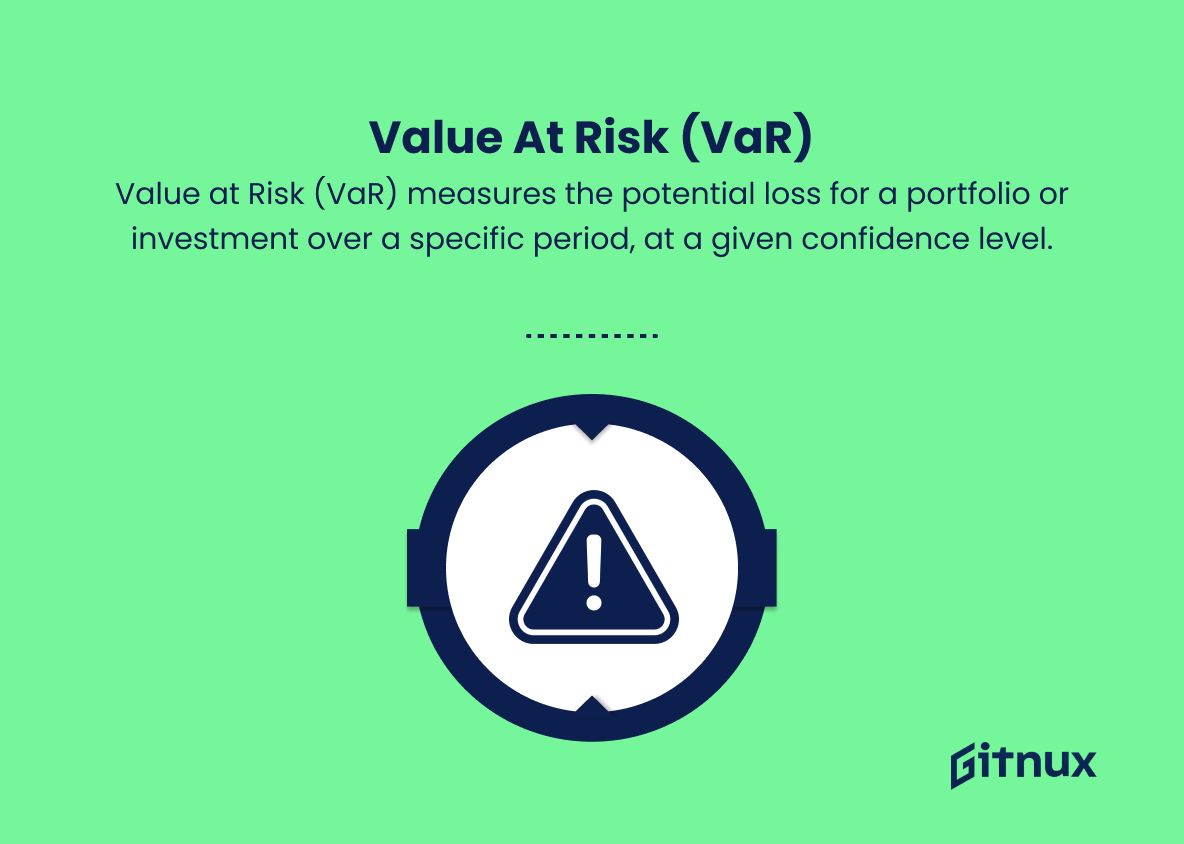In today’s competitive world, strategically making decisions has become a critical aspect of any successful organization. To ensure that informed choices are being made, businesses are turning to Decision Metrics: quantifiable factors which contribute to objective decision-making.
This blog post delves into the world of Decision Metrics, highlighting its importance, potential impact, and various techniques to incorporate these metrics to optimize decision-making processes. Join us as we explore this fascinating concept and help you unlock new levels of strategic thinking for your business.
Decision Metrics You Should Know
1. Return on Investment (ROI)
Compares the gains from a decision against the costs involved. It indicates the percentage of gains relative to the overall cost and helps in determining whether a decision is worthwhile.
2. Net Present Value (NPV)
Considers the time value of money in evaluating an investment decision. The NPV discounts future cash flows back to the present to determine the current value of an investment.
3. Internal Rate of Return (IRR)
Measures the rate of return at which the net present value of anticipated cash flows equals the cost of the investment. IRR helps in determining if the expected performance of an investment is greater than the required return rate.
4. Payback Period
The time required to recover the cost of an investment. A shorter payback period indicates a faster return on investment.
5. Break-Even Analysis
Determines the level of output or revenue at which total costs (fixed and variable) equal total revenue. This metric helps in determining the point at which a decision starts yielding profits.
6. Cost-Benefit Analysis (CBA)
Compares the benefits of a decision against its costs, accounting for both quantitative and qualitative values. CBA helps in making informed choices between alternative actions.
7. Cost-Effectiveness Analysis (CEA)
Compares the relative costs and outcomes of different decisions. CEA is useful when considering multiple strategies with the same goal by identifying the most cost-effective solution.
8. Decision Matrix Analysis
A technique that uses a table to compare and evaluate multiple options based on weighted criteria. The decision with the highest score is considered the best choice.
9. Analytical Hierarchy Process (AHP)
A structured technique to organize and measure complex decisions by breaking them down into smaller, more manageable parts. AHP helps in assigning weights to multiple criteria and then calculating an overall preference metric.
10. Key Performance Indicators (KPIs)
Measure the success or progress of a decision using specific indicators. KPIs help in monitoring and assessing the effectiveness of a decision over time.
11. Sensitivity Analysis
Assesses the impact of changes in key variables or inputs on an outcome. It helps in understanding the degree of uncertainty and risk associated with a decision.
12. Risk-Adjusted Return
Measures the return on an investment while taking into account the risks associated with it. A higher risk-adjusted return indicates a more attractive decision.
13. Opportunity Cost
The value of the next best alternative forgone when making a decision. Opportunity cost helps in evaluating the potential missed benefit or gain when choosing one option over another.
14. Value at Risk (VaR)
Estimates the probability of maximum loss in value for a portfolio or investment over a specific period. VaR helps in understanding the risk associated with a decision and determining an acceptable level of potential loss.
15. Monte Carlo Simulation
A quantitative technique that uses random sampling to estimate the probability distribution of possible outcomes. This method helps in understanding the risk, uncertainty, and variability associated with a decision.
Decision Metrics Explained
Decision metrics evaluate effectiveness across parameters. ROI compares gains to costs, NPV considers time value of money, IRR and Payback Period assess performance and recovery time. Break-Even Analysis, CBA, and CEA understand profitability and efficiency. Decision Matrix, AHP, and KPIs quantify impact. Sensitivity Analysis, Risk-Adjusted Return, Opportunity Cost, VaR, and Monte Carlo Simulation assess uncertainty and risk, guiding optimal and informed choices.
Conclusion
In summary, decision metrics are essential tools for guiding individuals and organizations to make better choices and achieve their goals. By quantifying the complex factors that influence our decisions, these metrics simplify the decision-making process, improve our understanding of the consequences of choosing specific alternatives, and ultimately, enable us to make more informed judgments.
Constantly refining and expanding the application of decision metrics can greatly enhance our ability to navigate a rapidly evolving and uncertain world, thereby promoting progress and success, both in our personal and professional lives.
